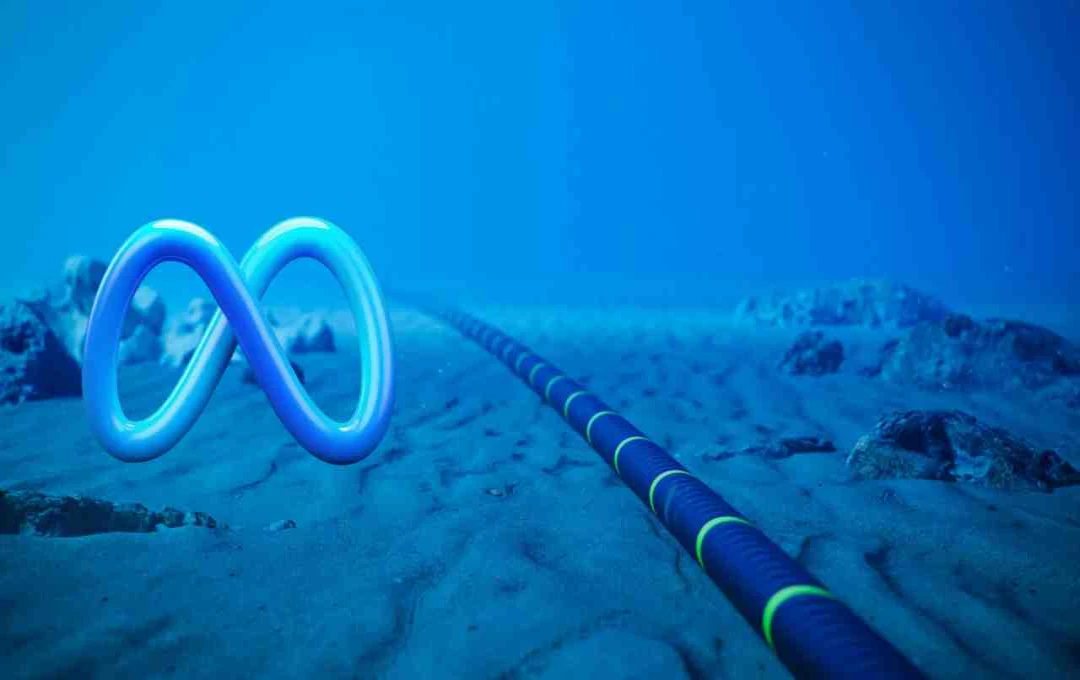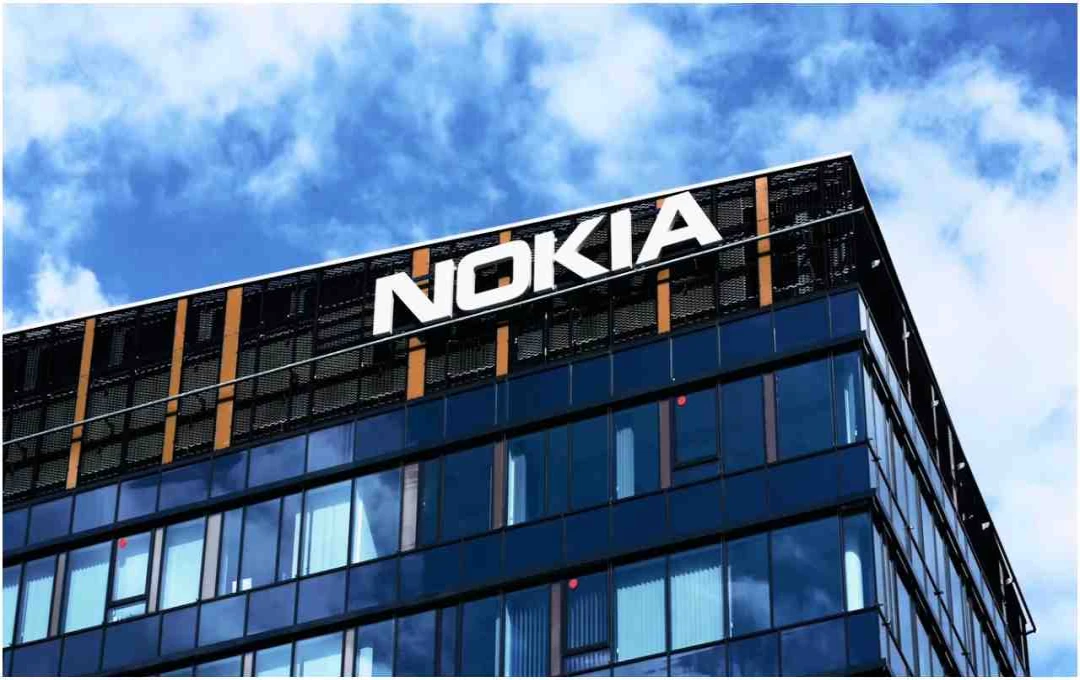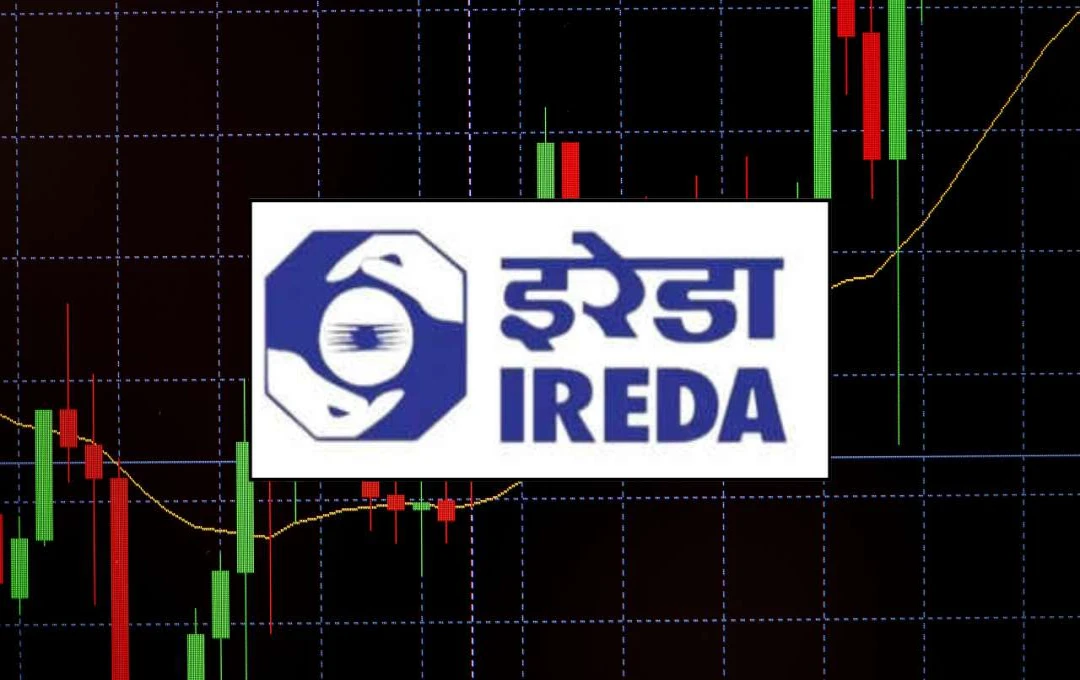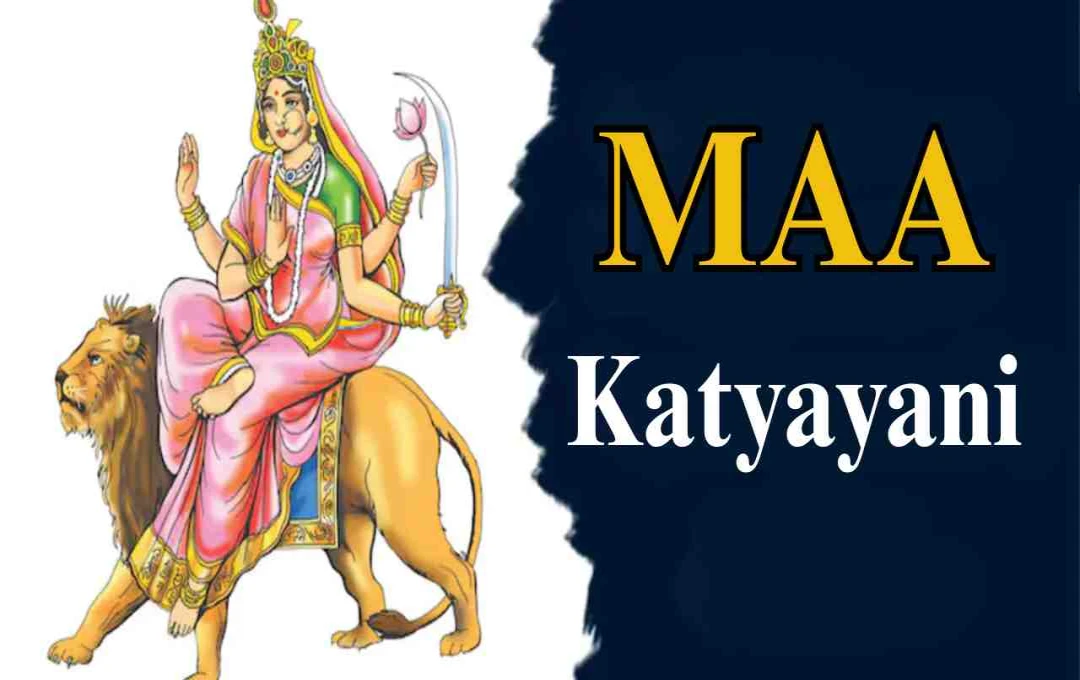Meta and Google are spending billions of rupees to lay undersea cables in India. With Mumbai and Visakhapatnam as landing points, this project will connect America, India, Brazil, and South Africa. Undersea cables will provide fast, stable, and low-latency internet, enhancing the experience of data transfer, video calling, and online streaming.
Undersea Cable Investment: Meta and Google have initiated an undersea cable project in India, investing billions of rupees. By selecting Mumbai and Visakhapatnam as landing points, this project will connect America, India, Brazil, and South Africa. Meta's Waterworth project and Google's Blue-Raman project aim to deliver fast, reliable, and low-latency internet. This initiative involves partnerships with local collaborators such as Sify Technologies. The objective of this investment is to enhance the capacity of digital networks in India and globally, and to provide a superior internet experience.
Why Undersea Cables Are Important
Tech companies like Meta and Google are investing billions of rupees to lay undersea cables in India. Meta's Waterworth project is creating the world's longest sub-sea cable system, connecting America, India, Brazil, and South Africa by designating Mumbai and Visakhapatnam as landing points. This cable, estimated to be 50,000 kilometers long, is expected to be completed by 2030.
Through undersea cable technology, internet connectivity becomes faster, lower-latency, and more reliable. This technology connects global networks and enhances the experience of social media, video calling, and data transfer.
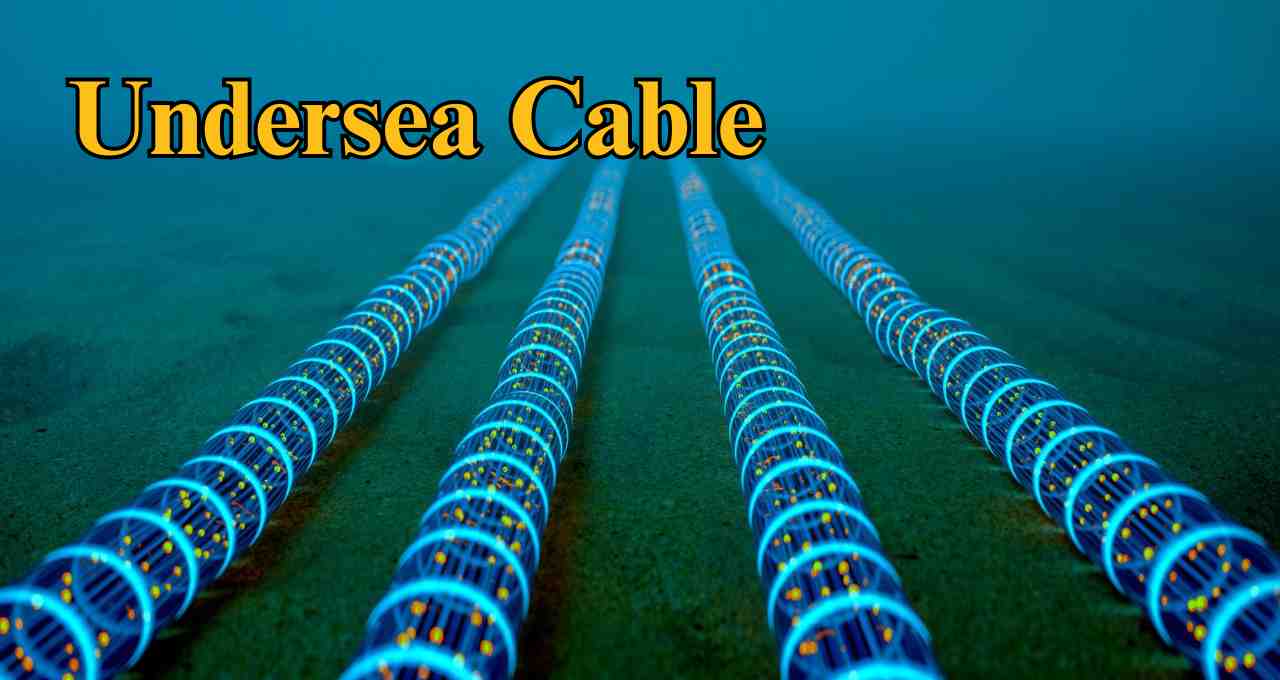
Investment in India and the Role of Tech Companies
Meta has appointed Sify Technologies as its landing partner in India, involving an investment of approximately 44.34 crore rupees. Meanwhile, Google has partnered in India for its Blue-Raman subsea cable project, worth 3547 crore rupees.
Similarly, Indian telecom companies like Reliance Jio and Bharti Airtel are also investing in cable networks to meet the country's rising data demand. According to TRAI data, the global submarine communication cable market is projected to grow from 27.57 billion USD in 2023 to 40.58 billion USD by 2028.
Benefits of Undersea Cables for General Users
For users, the biggest advantage of undersea cables is fast and stable internet. It provides low-latency networks, improved video calling, and seamless data transfer. The experience of social media, online gaming, and streaming services will now be smoother and more reliable.
Experts state that as internet usage in India continues to grow, these cable systems will strengthen the digital infrastructure of both the country and the world.
